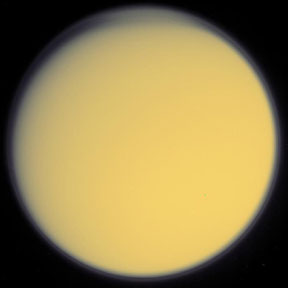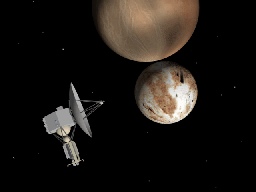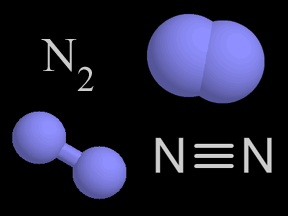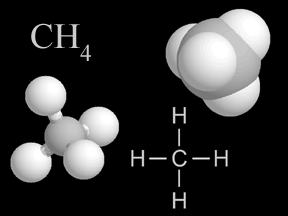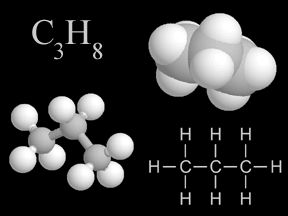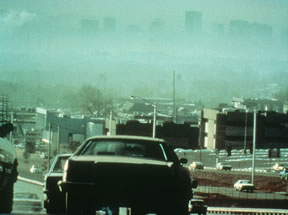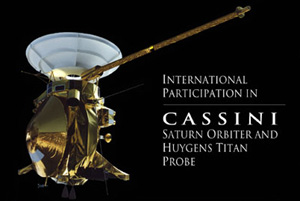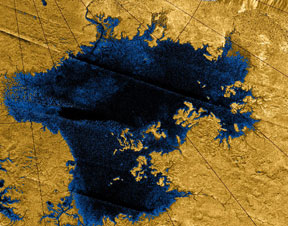Click on image for full size
Image courtesy NASA/JPL/Space Science Institute.
Titan
Titan is the largest moon of Saturn, and the second largest moon in the entire Solar System (Jupiter's moon Ganymede is the largest). Titan's diameter is 5,150 km (3,200 miles), which is comparable to the distance across the United States. It is considerably larger than Earth's moon, and is even larger than two planets - Mercury and Pluto. Titan orbits Saturn at a distance of 1,221,830 km (759,208 miles).
Titan has a dense atmosphere, which, like Earth's atmosphere, is composed mostly of nitrogen. It is the only moon in the Solar System possessing a substantial atmosphere. Atmospheric pressure at the surface of Titan is about 60% greater than the pressure at sea level on Earth! Titan's atmosphere also contains a fair amount of methane, as well as smaller quantities of various hydrocarbons created via the exposure of methane to solar ultraviolet radiation. A smog-like haze in Titan's atmosphere prevents us from directly observing the moon's surface in visible wavelengths from Earth or orbiting spacecraft.
Titan's surface is quite cold, with temperatures hovering around -178º C (-288º F). The European Space Agency's Huygens probe, which landed on the icy moon in January 2005, has given us our first good look at the surface of Titan. NASA's Cassini spacecraft is also revealing details of the moon's surface via radar. Titan's surface has areas, near its poles, dotted with numerous lakes of liquid methane and ethane!
Titan was discovered by the Dutch astronomer Christiaan Huygens in 1655. Modern scientists are especially interested in Titan because of its unusual history and complex atmospheric chemistry. Some scientists think conditions on Titan may be similar to those on Earth shortly before life arose on our planet, making Titan a modern laboratory for studying the primordial Earth.


